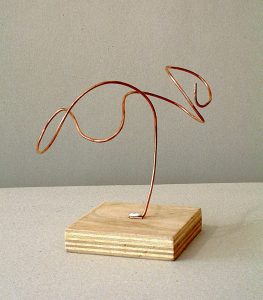
Introduction
One of the most well-known graphic artists in the world is Maurits Cornelis Escher (1898–1972). The numerous websites on the internet show that his work is adored by millions of people all over the world.
He is well-known by his crazy perspective manipulation skills and illusions.
He mostly works on lithographs, woodcuts, wood engravings and sketches.
Early Life
He is the youngest and fourth son to be born in Leeuwarden. He spends the majority of his youth in Arnhem after the family relocates there after five years. M.C. Escher begins his architecture classes at the School of Architecture and Decorative Arts in Haarlem after failing his final exam and following a brief break in Delft.
After a week, he tells his father he wants to stop taking architecture classes and concentrate on learning graphic design instead. His tutor Samuel Jesserun de Mesquita, supported him because he showed him his drawings and linocuts. He then begins his graphic design artist road.

He moved to Italy after completing his school, and there he met his wife, Jetta Umiker. During his time living and working in Italy, he creates stunning, as well as more realistic pieces like the “Castrovalva litho”, in which one can immediately see his fascination with perspective: close, distant, high, and low. Atrani, a small Italian village on the Amalfi coast, is a good example. He created it in 1931, and he brought it back in his works Metamorphosis I (left) and II(down).
His so-called impossible drawings, such as Ascending and Descending and Relativity, as well as his metamorphoses, including Metamorphosis I, II, and III, Air and Water I, and Reptiles, are what have garnered him the most notoriety.
Escher produced around 2000 drawings and sketches, 448 lithographs, woodcuts, and engravings during his career. Escher is left-handed, just like several of his well-known predecessors, like Michelangelo, Leonardo da Vinci, Dürer, and Holbein.




Late Life and Legacy
In addition to his work as a graphic designer, he also creates book illustrations, carpet and banknote designs, stamp designs, murals, intarsia panels, etc.
He puts a lot of effort into his passion while he is in Switzerland and throughout the Second World War. He then made 62 out of his 137 symmetrical drawings throughout his life during that time. Other than that, he also cuts up wooden balls for his symmetrical drawings as his hobby.
He experiments with perspective, architecture, and impossibly small spaces. Millions of people all over the world are still in awe of and intrigued by his art. We can see in his art both the manifestation of his personal fantasy and his astute observation of the world around him.








Leave a Reply